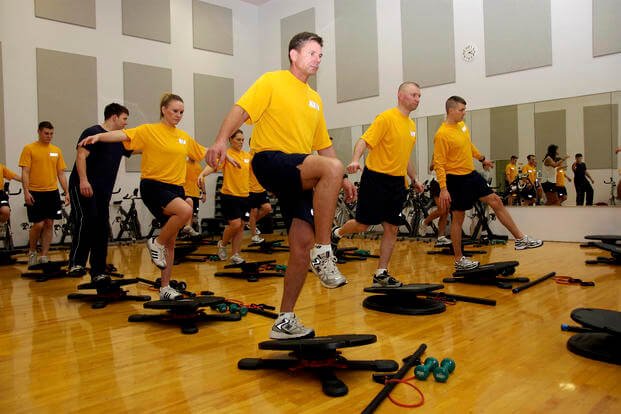Stephen Erle is a strength and conditioning coach and team physician at a Virginia university. He instructs tactical athletics, sports medicine, sports nutrition and tactical combat casualty care medicine (TCCC).
Here is an article from him after we had a discussion at a conference a few weeks ago on nutrition for military, police and firefighters -- our tactical athletes:
As a firefighter understands fire, the warrior must understand war. Maintaining combat effectiveness via proper training and nutrition is a big part of this.
Nutrition is the one factor affecting each person multiple times per day and therefore has the greatest impact on a person's overall health and fitness level. Scientists agree that 70+% of diseases known to man are caused by lifestyle factors, and many can be treated via lifestyle changes. Nutrition is the number one approach.
For the tactical/endurance athlete, this fact does not change. Being fit does not mean being healthy, and the level of proper nutrition should address both factors.
The level of combat readiness literally translates into life and death. This fact makes the tactical athlete an extreme endurance athlete. Long hours of high stress from limited sleep, MRE's and massive physical demands provide very unique nutritional demands.
Combat is high stress. The modern-day tactical athlete often operates night and day for months without rest. This massive amount of stress not only results in a mental breakdown, potentially leading to PTSD, but also a physical breakdown that can result in injury and less combat effectiveness. This high stress results in elevated cortisol levels.
Elevated cortisol causes three main problems in the warrior:
- Lowered immune functions, making the warrior more susceptible to illness;
- Protein breakdown from muscle;
- Increased body fat
The three issues can be offset with proper nutrition in the field. For years, ultra-endurance athletes have developed techniques and products for maintaining endurance days on end during a race. Polysaccharide gels, powders and liquids aimed at keeping blood sugar levels steady, along with hydration and balancing electrolytes, are the key. A tactical athlete must maintain steady blood sugar, water and electrolyte balance. MRE's do not do this and often have the reverse effect of maintaining combat readiness.
How does a tactical athlete maintain steady blood sugar? First, start by figuring out your personal caloric needs. Google is full of BMR calculators. Second, plan to eat 65%-70% of your diet from a polysaccharide source (whole grains, sweet potatoes, brown rice, beans). Third, calculate your caloric intake of starchy carbs. One gram of carbs is four calories. Finally, use an online resource to calculate the carbohydrate intake from your food.
Example: BMR = 2,000 calories per day. Add 600 calories per day for moderate activity levels = 2,600 calories per day consumed. 2,600 x 65% of carbohydrates = 1,690 calories from starchy sources. Each gram is four calories, 1,690 divided by four = 423 grams of carbohydrates consumed per day. Finally to calculate how many carbohydrates are in the food you eat, I suggest the online resource myfitnesspal.com.
There is much more to understand regarding nutrition. But, much like a firefighter studies and understands fire, those who wish to become or are tactical athletes must study and understand nutrition. We will further expand on this topic in the next edition.
Stew Smith is a former Navy SEAL and fitness author certified as a Strength and Conditioning Specialist (CSCS) with the National Strength and Conditioning Association. Visit his Fitness eBook store if you're looking to start a workout program to create a healthy lifestyle. Send your fitness questions to stew@stewsmith.com.
Want to Learn More About Military Life?
Whether you're thinking of joining the military, looking for fitness and basic training tips, or keeping up with military life and benefits, Military.com has you covered. Subscribe to Military.com to have military news, updates and resources delivered directly to your inbox.


















